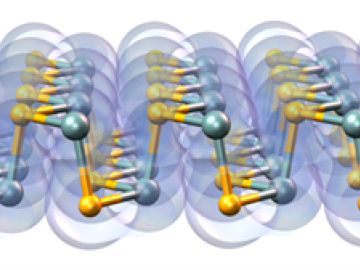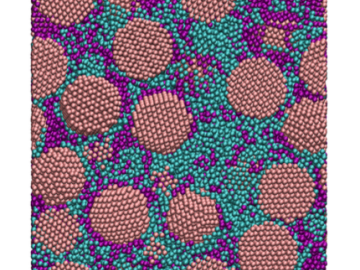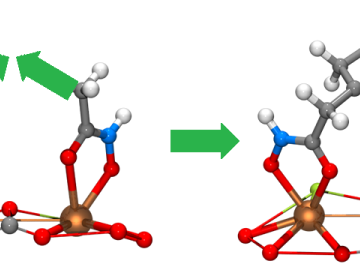Filter News
Area of Research
News Type
News Topics
- (-) Critical Materials (3)
- (-) Polymers (2)
- 3-D Printing/Advanced Manufacturing (5)
- Advanced Reactors (1)
- Artificial Intelligence (36)
- Big Data (20)
- Bioenergy (9)
- Biology (11)
- Biomedical (17)
- Biotechnology (2)
- Buildings (4)
- Chemical Sciences (5)
- Climate Change (17)
- Computer Science (95)
- Coronavirus (14)
- Cybersecurity (8)
- Decarbonization (5)
- Energy Storage (8)
- Environment (21)
- Exascale Computing (24)
- Frontier (29)
- Fusion (1)
- Grid (5)
- High-Performance Computing (40)
- Isotopes (2)
- Machine Learning (14)
- Materials (15)
- Materials Science (16)
- Mathematics (1)
- Microscopy (7)
- Molten Salt (1)
- Nanotechnology (11)
- National Security (8)
- Net Zero (1)
- Neutron Science (13)
- Nuclear Energy (4)
- Partnerships (1)
- Physics (8)
- Quantum Computing (19)
- Quantum Science (24)
- Security (5)
- Simulation (15)
- Software (1)
- Space Exploration (3)
- Summit (43)
- Sustainable Energy (10)
- Transportation (6)
ORNL's Communications team works with news media seeking information about the laboratory. Media may use the resources listed below or send questions to news@ornl.gov.
1 - 5 of 5 Results

Critical Materials Institute researchers at Oak Ridge National Laboratory and Arizona State University studied the mineral monazite, an important source of rare-earth elements, to enhance methods of recovering critical materials for energy, defense and manufacturing applications.

A multi-lab research team led by ORNL's Paul Kent is developing a computer application called QMCPACK to enable precise and reliable predictions of the fundamental properties of materials critical in energy research.

Oak Ridge National Laboratory scientists have discovered a cost-effective way to significantly improve the mechanical performance of common polymer nanocomposite materials.

Scientists from the Critical Materials Institute used the Titan supercomputer and Eos computing cluster at ORNL to analyze designer molecules that could increase the yield of rare earth elements found in bastnaesite, an important mineral
Scientists at Oak Ridge National Laboratory have conducted a series of breakthrough experimental and computational studies that cast doubt on a 40-year-old theory describing how polymers in plastic materials behave during processing.

